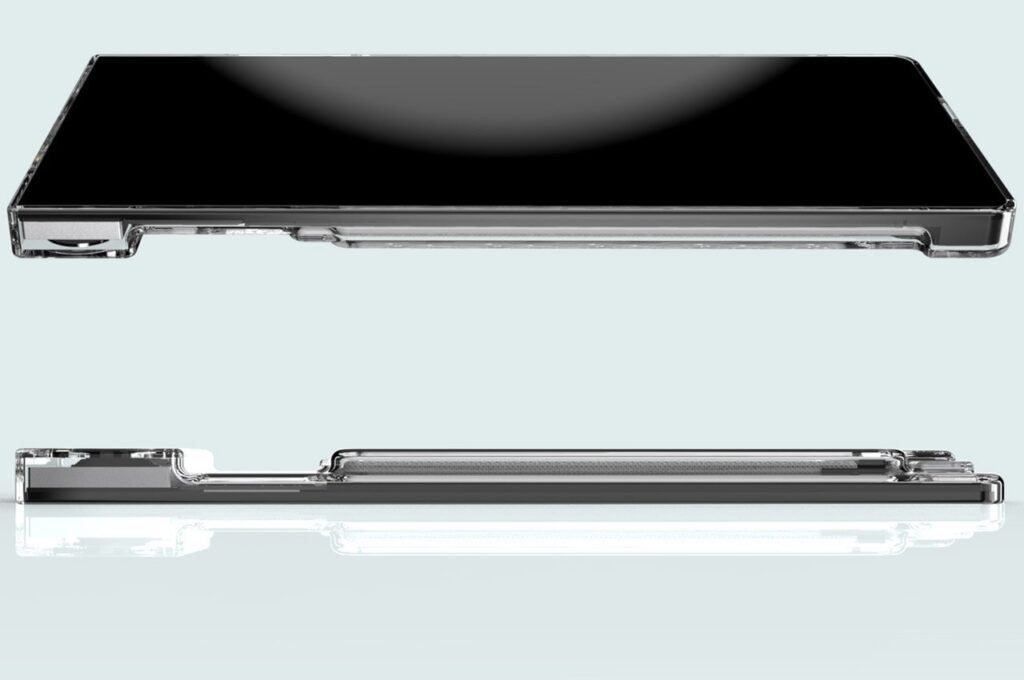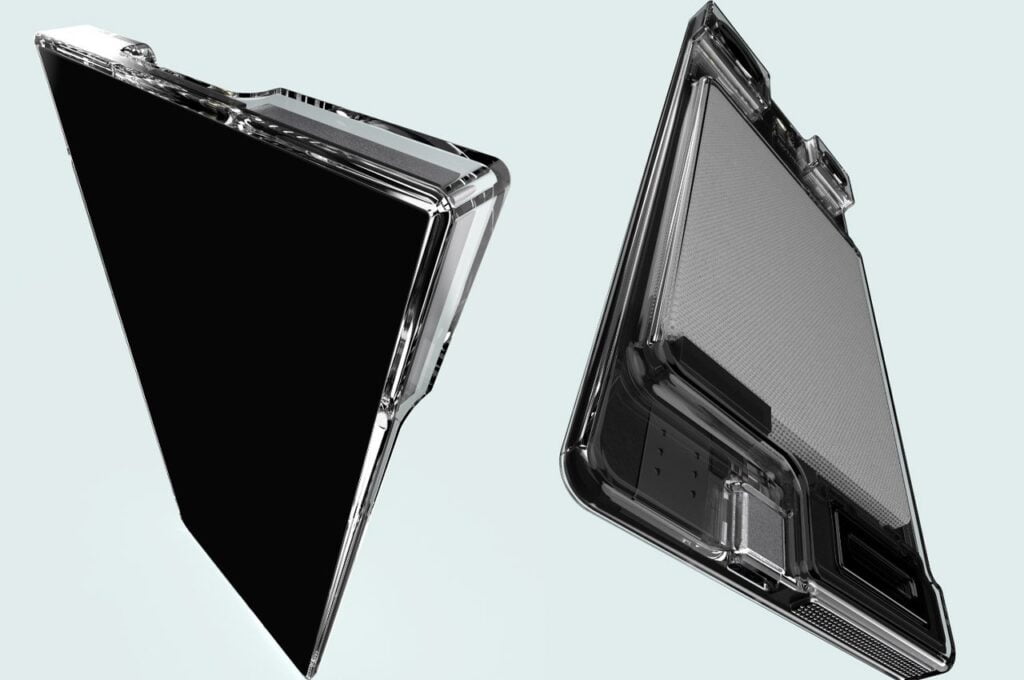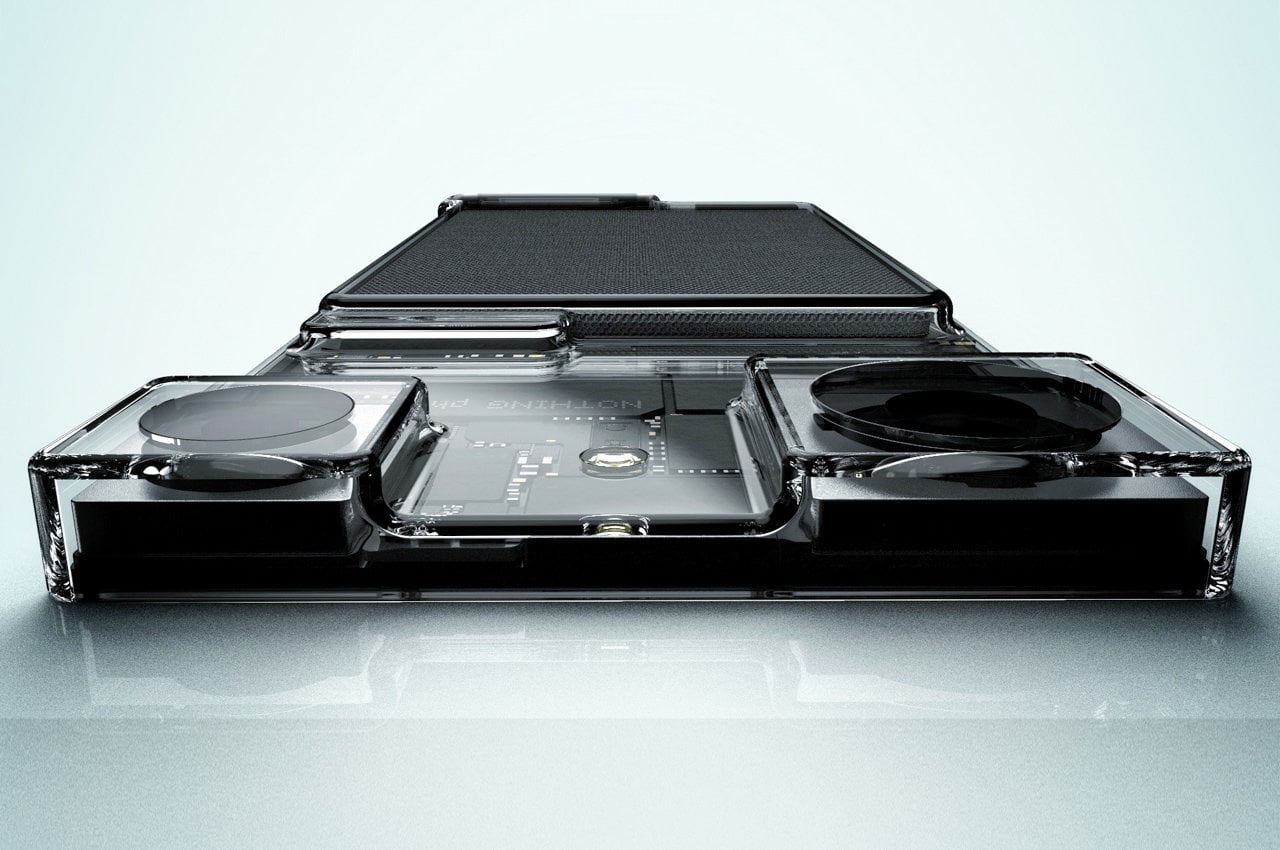You know Carl Pei? Does his name mean anything to you? Write it down. In his own way, he could be a key figure in the future of technology. He is a cosmopolitan: born in China, raised in Sweden, perfected his work in India. The co-founder of OnePlus (I imagine this name tells you something, however) now "threatens" to transform the form factor of smartphones with a concept that promises to be truly original.
With the smartphone Nothing on the horizon, expectations for what might emerge from Carl Pei's team are at an all-time high. Is it possible that this “Nothing Phone” is something memorable that opens a new cycle in the sector?
A sunset avenue paved with gold

In many places, and for some time, the death knell for the smartphone has been sounded. The sirens of the future tell us that the integration between some type of viewer and wearables such as smartwatches or smartrings will replace it.
Maybe. It is also true that this platform (since the first smartwatch in 2006) has just turned 15 and will not abandon us instantly. Its decline is destined to see, as was the case with old pre-smartphone cell phones, a series of attempts at 'adaptation', both technical and philosophical. Evidence that perhaps will also be an inspiration for the future.
In this sense Carl Pei is a pioneer. Knowing that it's working on a new form factor and concept is to expect some serious news. No special effects, mind you: innovation these days means sustainability. A truly innovative smartphone today should be transparent, repairable, modular, and avoid waste.
The form factor is the result of ethics
Not much news is filtering out about Carl Pei's new prototype. An insider close to the entrepreneur, Evan Blass recently shared a photo of Pei in a conversation with Qualcomm's CEO Christian Amon, while showing him a smartphone he has never seen before. By enlarging the image you can barely make out the profile of the device and a "hump" of the camera on the back.
In the coming weeks we will know more, but in the meantime the designers have gone wild with hypotheses of design starting from this little information.
How could the form factor of the Nothing Phone be? Two hypotheses
Among these the reconstructions of Nothing Phone are those conceived by the designers Osho Jain e Povilas Grigas the ones that gave me the most ideas. Both display a truly overbearing form factor. And for a noble purpose! To show with simplicity and clarity the individual parts of a phone that is easy to use, to repair, to recycle.
I love the idea that the philosophy of technology that improves our lives without hindering them can take hold. A technology that does not overpower, that is not invasive. Light technology as if it weren't there. Nothing. Without compromising comfort and ergonomics, these smartphones use less material, and it shows. Indeed, they recover intrinsically nostalgic elements: by visually and physically separating the microphone from the speaker, the design proposes in a renewed form the "handset" that belonged to old home telephones.

The energy equivalent of a "Nothing" choice will come from innovative batteries, much smaller and faster with the same autonomy: I'm thinking of gallium nitride ones.


